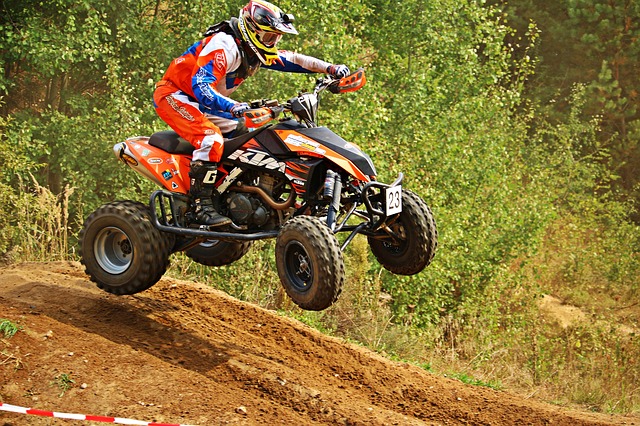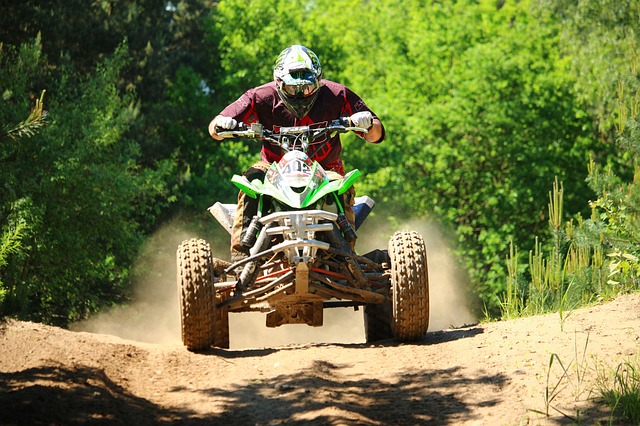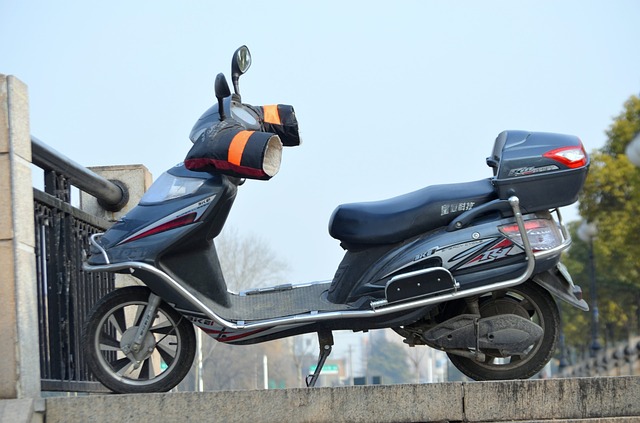The Germans, of course! But that was a long time ago: in 1962, the Zweilad Union company in Nuremberg developed a versatile vehicle that could be applied to forestry and agriculture. As it happened, however, the potential customer base here was not very interested in this small off-road truck. The German Army, however, was very interested. Development proceeded under the supervision of the Army, and by 1965, 50 units were already in use by the German Bundeswehr. Of course, testing, refinement, and improvement continued after this.
The quadricycle became a practical vehicle
Around 1975, a vehicle with 26 hp, a BMW engine, and a payload of over 700 kg was created. Here, the development of the four-wheeled motorcycle was suspended for a while because the Army had other plans, but even a small armored troop carrier, the Wiesel, was built on the platform of this vehicle and used by the Bundeswehr airborne troops. Development continued, however, and in the late 1970s Honda developed an electric tricycle for off-road use. The concepts developed were then combined to create the current four-wheeled motorcycles in the early 1980s.15]
Classification of ATVs[edit] ATVs have several main classifications, namely sport ATVs, called quads, utility ATVs, called ATVs, and children\’s ATVs, or junior ATVs. All of these vehicles have a very wide range of uses.
Quad bikes and the law
Sport quad bikes are homologated in the Czech Republic in the same category as motorcycles, with the maximum permissible engine power limited to 15 kW. Of course, a driver\’s license is required to drive one, and a Group “A” license is required. To drive a utility four-wheeler, a Group “B” license is required; an “A” Group license will not allow you to drive these four-wheeled motorcycles. The speed limit for utility four-wheeled vehicles approved under category “R” is 40 km/h. This means that they cannot drive on highways, but can drive on Class I roads.




